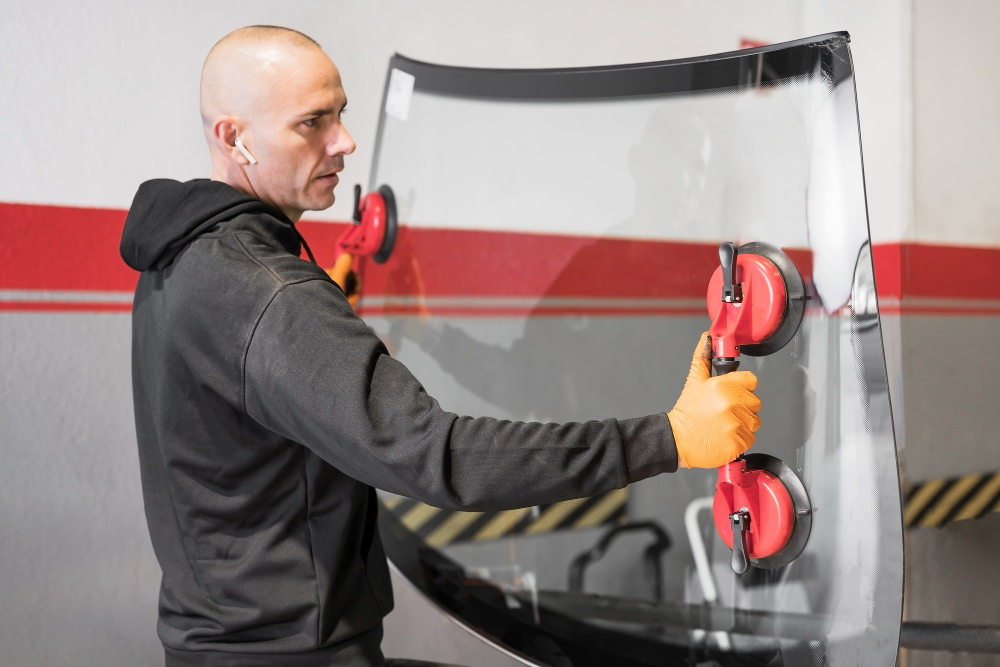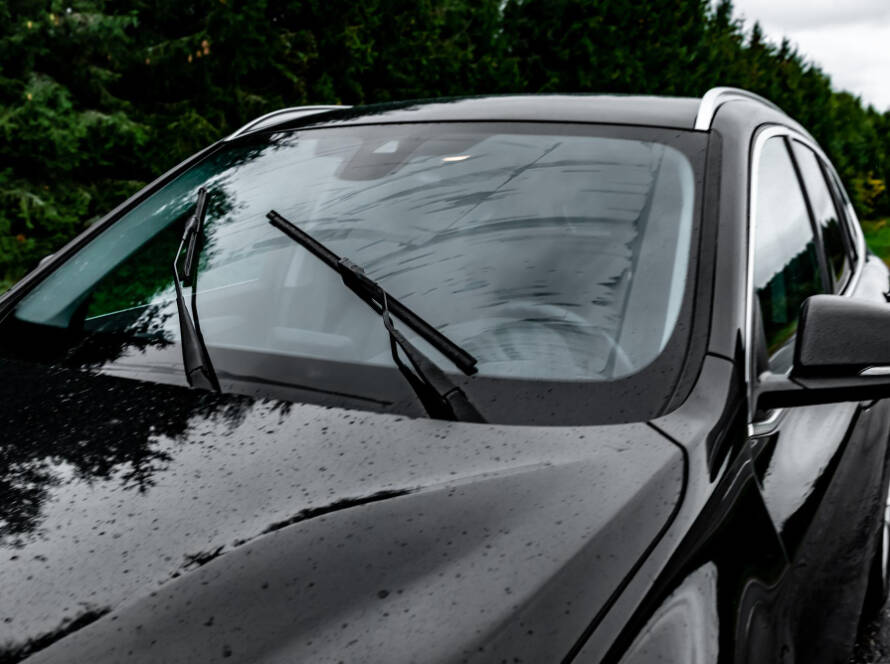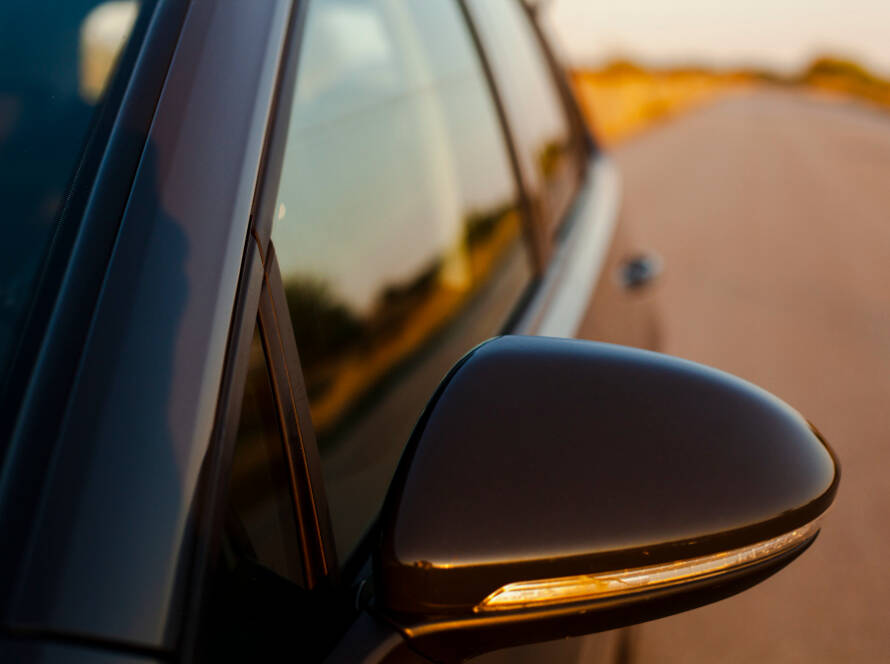A cracked windshield, which might seem like a minor inconvenience, isn’t always as simple as it looks; rather, it’s a risk for your very safety. But once the damage is done, the next question is quite unavoidable: How much does windshield replacement cost? As a vehicle owner, you’ve been in such a situation at least once to date, right?
The answer wouldn’t be as straightforward as it may seem. Several factors play their part in the final figure, be it the type of vehicle glass, smart tech integrations, or installation method. Worry not, we got you! This blog is to give you a clear breakdown of what the possible factors are that can affect your auto glass replacement cost, what options you have, and how to make a safe choice without overpaying.
Why can windshield replacement cost dig a hole in your wallet?
You might possibly think it’s “just a piece of glass,” but an advanced windshield is a crucial component. Did you know? A poorly replaced windshield can affect airbag deployment timing, jeopardizing your safety in a crash. A replacement not only restores its visibility; it makes certain the airbag is in prime working condition, prevents roof collapse in rollovers, and maintains cabin integrity.
With newer vehicles, the windshield replacement cost often rises due to built-in features like
- Lane departure systems
- Heads-Up Displays (HUD)
- Rain sensors and defoggers
- Acoustic dampening layers
Every extra tech feature can directly influence your auto glass replacement cost, especially when recalibration is required.
Key Factors That Influence Windshield Replacement Cost
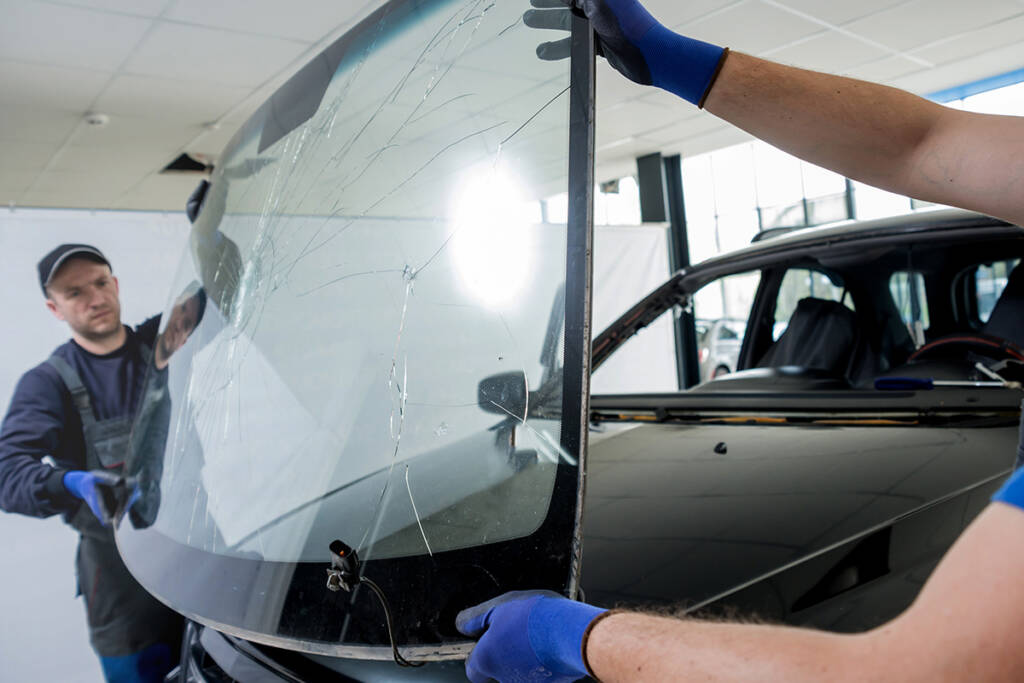
Quick question for you to answer: does your windshield support ADAS or have rain sensors? If yes, replacement won’t be cheap, but it’ll be worth it. Let’s break down the primary cost contributors:
1. Type of Vehicle
Are you driving a luxury SUV or a compact sedan? Well if you are then know vintage, luxury cars, SUVs, or commercial vehicles may require custom-sized glass or special coatings, making the cracked windshield cost hit the roof compared to basic models.
2. Glass Type
- Laminated glass (used in most windshields) is more expensive but offers better protection.
- Tempered glass is more common in side or rear windows, which cost less in comparison but aren’t suitable for front windshields.
Choosing the right type affects both durability and auto glass replacement cost.
3. Smart Features
Windshields equipped with
- Rain sensors,
- Automatic braking support,
- Night vision, and
- HUD (Heads-Up Display) projection
will significantly increase both material and recalibration complexity. These technologies can greatly affect the overall auto glass replacement cost, especially if you’re opting for convenience with mobile windshield replacement.
4. OEM vs Aftermarket Glass
- OEM (Original Equipment Manufacturer) matches the original in quality and fit but comes at a premium rate.
- Aftermarket parts are more affordable, but quality can vary at times, even questionably.
Choosing OEM may raise the windshield replacement cost but ensures exact factory standards and compatibility, especially for high-tech vehicles.
5. Installation Method (Mobile windshield replacement cost vs In-Shop)
- Mobile windshield replacement cost can be slightly higher due to convenience, travel time of the technician, and setup requirements.
- In-shop services may be slightly lower in cost but require a great deal of additional time.
Wondering if mobile windshield replacement cost is worth it? If convenience is your top priority but your windshield has ADAS features, make sure mobile service includes full recalibration.
OEM vs. Aftermarket: What’s the Difference?
Choosing between OEM and aftermarket windshields affects more than mere cost, specially in advanced vehicles that you come across in the present day
- Fit & Compatibility: OEM glass offers a perfect factory fit, while aftermarket glass may need adjustments, particularly on newer models.
- Safety Standards: OEM checks in certified manufacturer specs, while aftermarket quality varies by supplier.
- Tech Integration: OEM windshields support ADAS features, sensors, and HUDs seamlessly, while aftermarket options may lack compatibility.
- Durability: OEM glass can be more durable, while aftermarket durability depends on brand and materials.
Are you after the best match or the best price? If your vehicle uses multiple smart sensors, a low-quality aftermarket may increase your auto glass replacement cost down the line due to failed features or extra calibration.
Safety Risks of Cutting Corners on Windshield Replacement
Going for a low-cost solution may seem like a smart move, but it could cost more in the long run. Poor-quality glass or improper installation can lead to
- Wind noise or leaks
- Structural compromise during accidents
- ADAS malfunction
- Reduced visibility and optical distortion
Did You Know? If the glass is installed improperly, it can actually void your warranty. One overlooked sensor issue can spike your entire cracked windshield cost later. A windshield is a major component, not just as a barrier between you and the wind. Always prioritize quality and your safety over short-term savings.
Laminated vs Tempered Windshield Glass: Cost Implications
Glass type alone can swing your auto glass replacement cost by hundreds if not thousands. Most windshields use laminated glass, made of two bonded layers of glass with a PVB interlayer. It’s
- More durable.
- Holds together when broken, and
- Ideal for frontal protection.
In contrast, tempered glass can be your go-to in side and rear windows. It’s
- Shatters into small, blunt pieces,
- Is less expensive, and
- Not suitable for windshields due to safety concerns.
This difference plays a big role in your total windshield replacement cost and safety outcome.
🧠 The Smart Tech Effect: Sensors & HUD
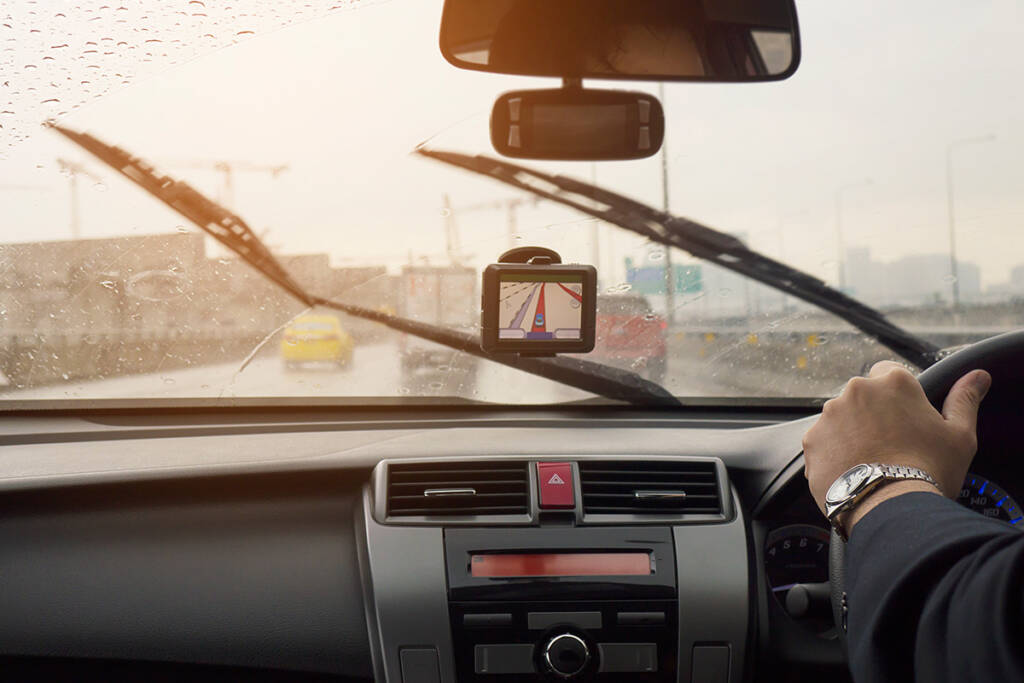
Vehicles with modern features like
- Rain-sensing wipers,
- Lane-keep assist,
- Adaptive controls, and
- HUD (Heads-Up Display).
After the glass has been replaced, these will often need to be adjusted. Notably for mobile windshield replacement cost, these prior integrations raise the complexity and expense of a suitable substitute. If your sensor is off by even a millimeter, your ADAS could possibly malfunction. On top of that, if your glass is not properly aligned with these systems, it could compromise safety features, doubling the cracked windshield cost.
TPRS Glass: Reliable Supply for Commercial Transport, Not Passenger Vehicles
Commercial windshields are a different beast. While TPRS Glass does not supply windshields for personal vehicles,the quality which TPRS provide Glass ensures there is no need for frequent replacement. We ensure high durability and lifecycle performance, supporting cost-effective solutions for bulk operators and transit agencies.
TPRS Glass Capabilities:
- Gravity furnace tempering
- CNC edge polishing for better seal and fit
- UV-resistant coatings
- Compliance to standards
These features result in
- Fewer replacements
- Longer-lasting glass
- Cost-efficiency
The takeaway from here? Durability reduces your auto glass replacement cost in the long run. But how can you understand durability and the life cycle of your vehicle? Fleet owners know auto glass replacement cost is about performance per kilometer, not price per piece.
Also check out our detailed blog on Automotive Window Systems: Engineering for Safety and Comfort
Durability & Lifecycle: Think Long-Term, Not Just Low Cost
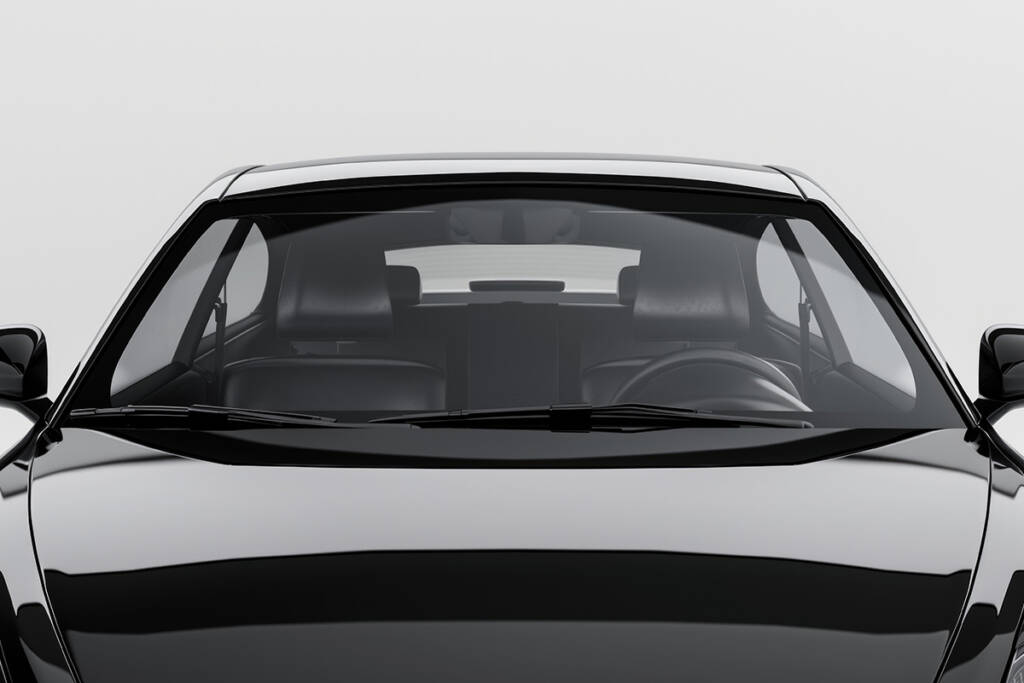
When it comes to replacing your cracked windshield, it’s all a bit tempting to focus only on upfront savings. But cheaper installations or low-grade materials often lead to
- Poor sealing and increased risk of leaks
- Faster wear and tear
- Higher frequency of future repairs
- Sensor misalignment or failure
On the other hand, when you think of investing in quality materials and professional installation, it can pretty much extend the life of your windshield while ensuring both safety and comfort over time. The question to ask isn’t really “What’s the cheapest option?” but rather “What offers the best value over the life of my vehicle?”
Your windshield is one of the most critical safety features in your vehicle. It affects everything: the visibility, structural integrity, airbag timing, sensor function, and whatnot! The windshield replacement cost often tends to vary depending on your vehicle, features, and installation preferences, but keep this in your head: price shouldn’t be your only concern. From OEM vs. aftermarket considerations to mobile windshield replacement cost vs. in-shop installation cost, each and every factor plays a role in long-term value. And while mobile windshield replacement cost offers convenience, make sure it doesn’t compromise on quality or calibration. So before you jump to a conclusion, ask yourself whether you are choosing a windshield that simply fits or one that performs. Alas, when it comes to your safety and your vehicle’s future, cutting corners on glass quality can be far more costly in the long run. What’s the real cost of doing it twice? That’s for you to answer!



